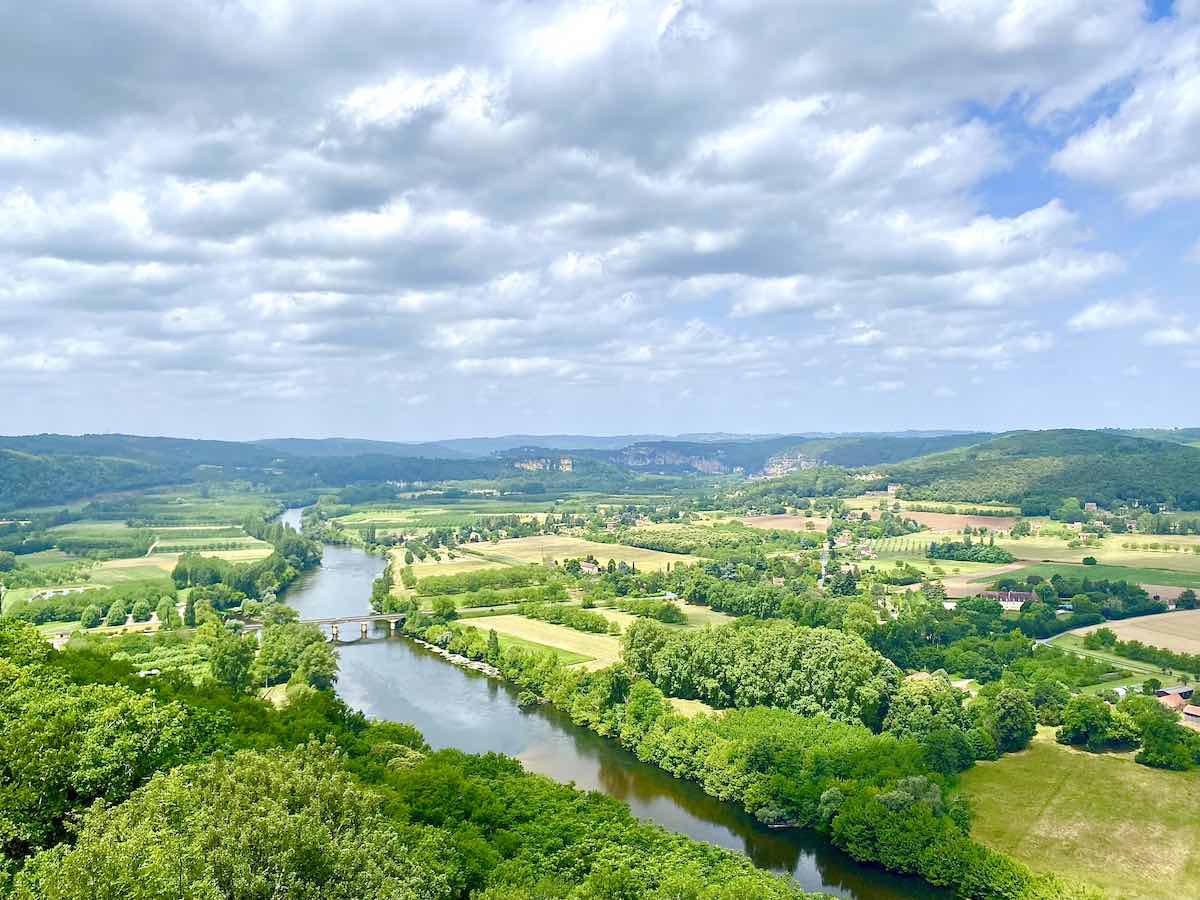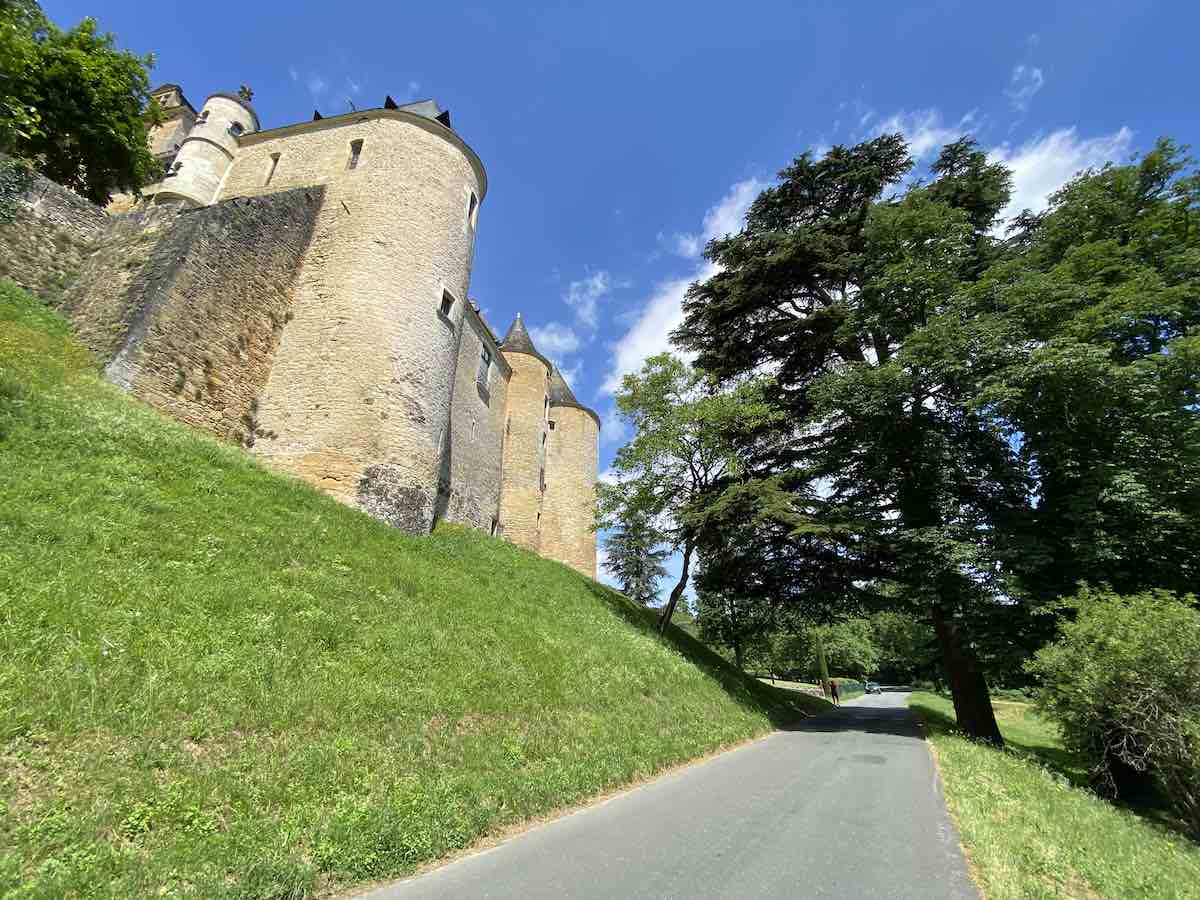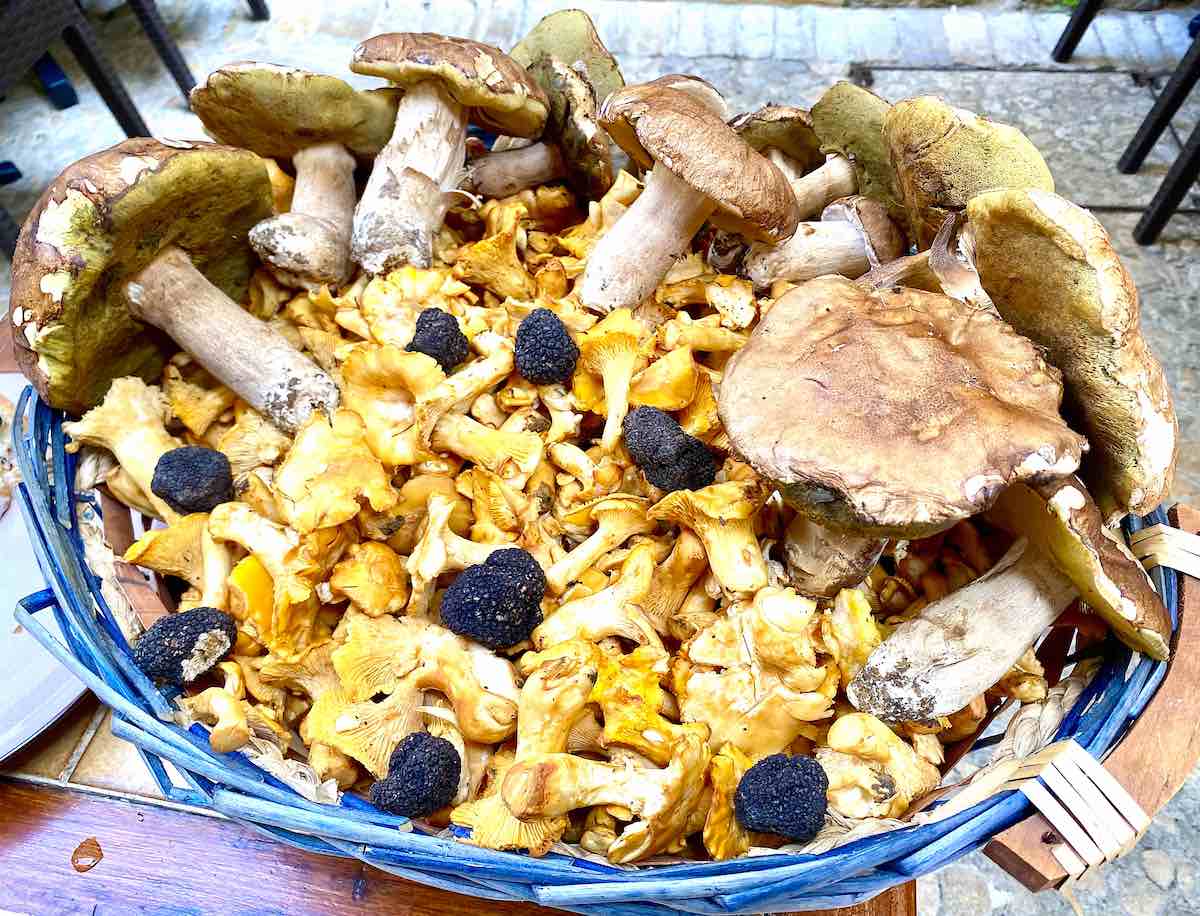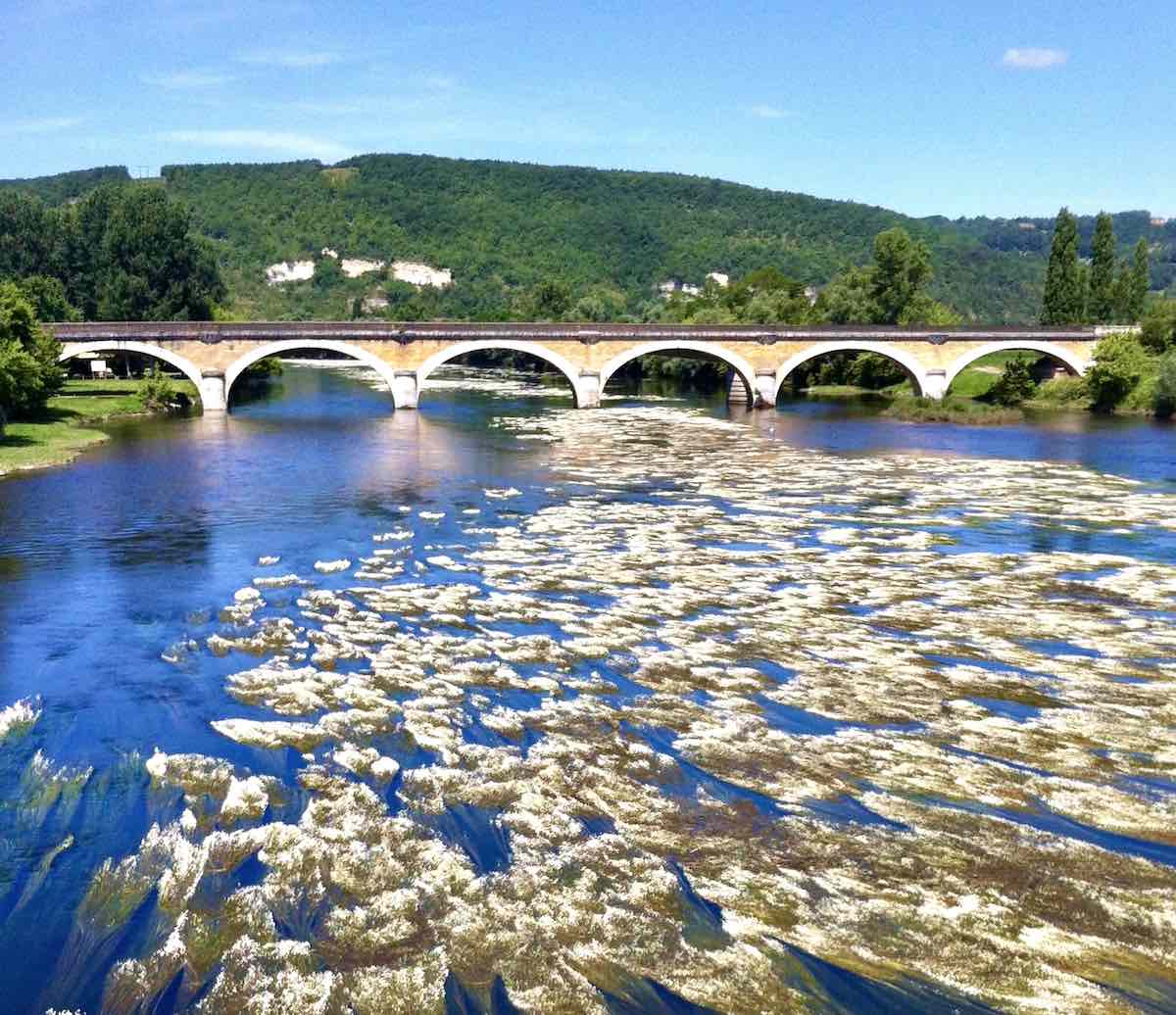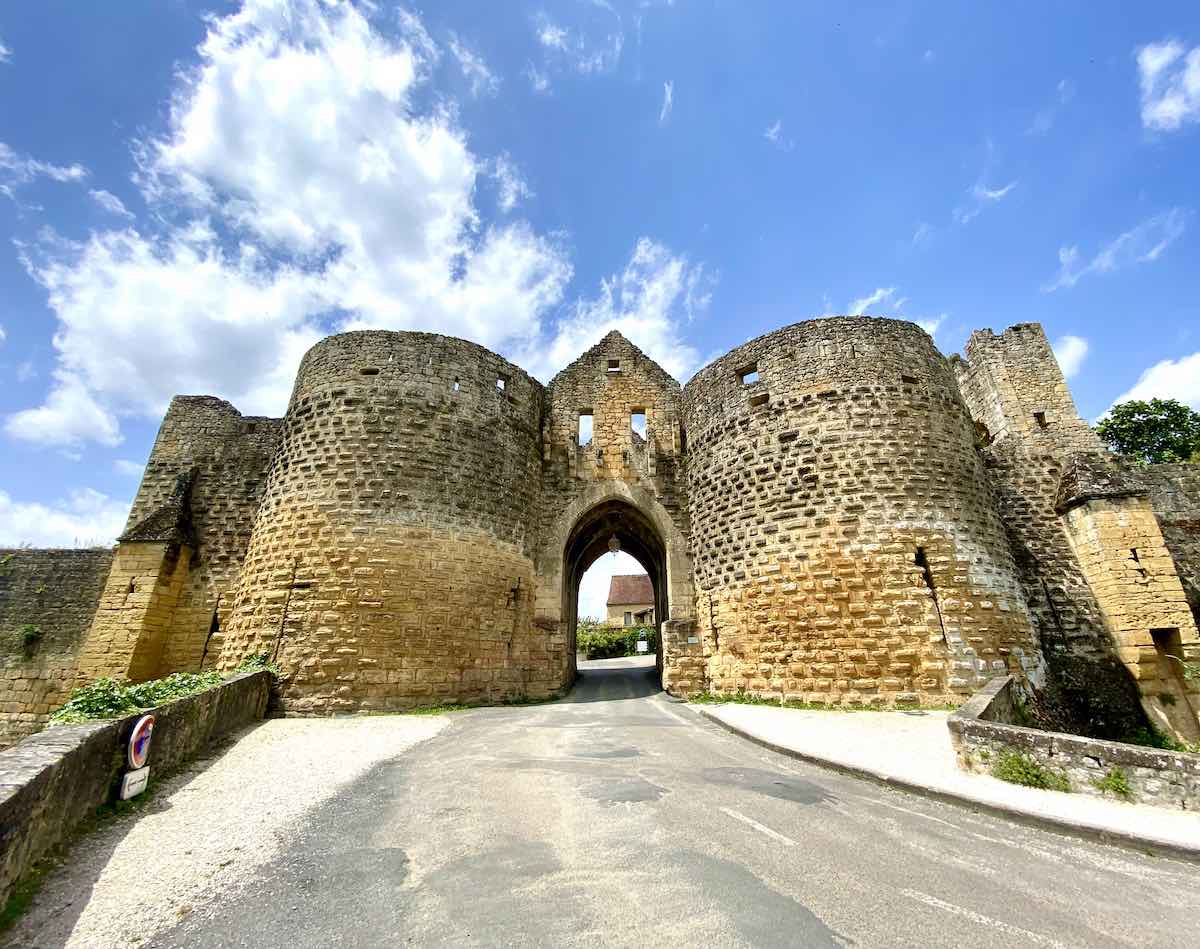Cycling Tour in Dordogne
This 7-night journey promises the best of Dordogne, both on and off bike. A world of dreamy landscapes and fairytale panoramas, Dordogne is rich in flavor, nature, culture, and history. Being harder to reach than other parts of France has proven a blessing: In many aspects, traveling through Dordogne feels like a step back through time.
Our tour balances unforgettable riding with mouth-watering delicacies, dramatic and varied countryside, fabled castles, dazzling gardens, visits with small local food and wine producers, and an unparalleled glimpse into prehistory. Enjoy your vacation at your own pace, soaking in the culture and traditions of this hidden gem of France and collecting inspiring stories and memories to bring back home! Come with us to discover Dordogne: bon appétit et bon voyage!
About the Dordogne Department
In the verdant upcountry of southwestern France sits the alluring jewel of Dordogne, named for the river that runs through it. One of ninety-four continental (mainland) departments, Dordogne occupies the northern inlands of Nouvelle-Aquitaine. It is also called the Périgord, a natural region and old county of France, that roughly matches the outlines of present-day Dordogne.
-
Read more
Cycling Tour in Dordogne
Dates & Pricing
DATES (8 days)
June 3-10, 2026
For more info, other dates and availability please contact us.
TOUR PRICE
Per person in double occupancy: from $5,090
Single Supplement: $890
Tour Highlights
- Visit and tasting to a winemaker of Bergerac area and sampling of the cheeses of Rocamadour, Bleu de Causses and Trappe d’Echourgnac that demonstrate the best of the Sud Ouest of France
- Exposure to local culture and history with bilingual, experienced Tour Leaders
- Elegant, traditional and charming accommodations in 4-star hotels
- Delicious meals emphasizing the cuisine of Dordogne including one dinner with truffles
- Up-close-and-personal experiences to learn about the medieval and prehistoric periods here
- Strolls through seven of Les Plus Beaux Villages de France and visit to renowned Sarlat
- Exhilarating rides past châteaux, rivers, forests and medieval villages
- Traditional, local recipes to bring home!
What's Included
- 7 nights of accommodation in 4-star hotels
- 7 breakfasts and 3 lunches
- 5 dinners (1 with truffles) each with either a 3- or 4-course menu
- Visit seven of Les Plus Beaux Villages de France and the renowned Sarlat
- Entry fees at Lascaux and Cap Blanc prehistoric sites
- 1 visit and tasting to a local winery
- 1 canoe ride on the Dordogne river
- Entry fees at Eyrignac Gardens and guided visit at Chateau de Castelnaud
- Bike rental and navigation system (see more info here)
- Comfortable transportation and assistance by 9-seat van for all travel on tour as cited in the itinerary
- Refreshments, snacks, fruits and other local delicacies during our rides
- Two bilingual, professional Tour Leaders
- One group transfer to/from Brive-La-Gaillarde airport at the beginning and at the end of tour
- Local taxes and gratuities for luggage porters and restaurant servers during tour
What's Not Included
- 4 lunches and 2 dinners on your own
- Alcoholic beverages at group meals (including wine, beer and spirits)
- Round-trip airfare and expenses to/from the tour
- E-bike, upon request and availability. (See more info here)
- Trip cancellation, baggage loss or travel delay insurance (this optional coverage is highly recommended. See more info here)
- Gratuities for your Tour Leaders. (Info here)
- Personal expenses, such as, but not limited to, phone calls, laundry, emails, snacks, gifts
Itinerary
-
Optional Pre-Tour Night in Coly
-
Day 1 & 2 – Around Coly
-
Day 3 & 4 – Around Les Eyzies
-
Day 5 & 6 & 7 – Around Sarlat
-
Day 8 – Brive-La-Gaillarde Airport


